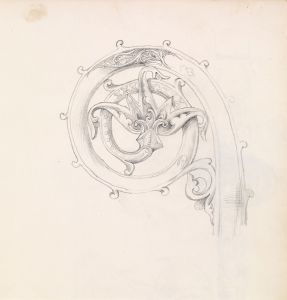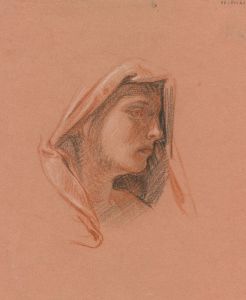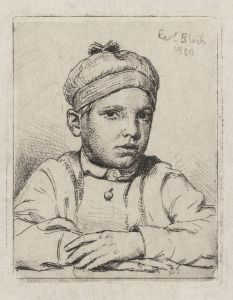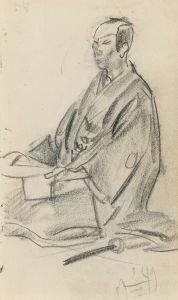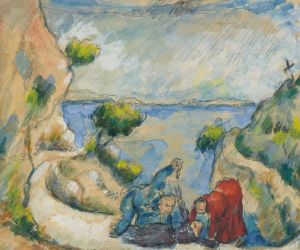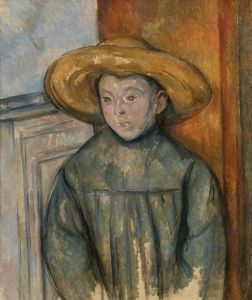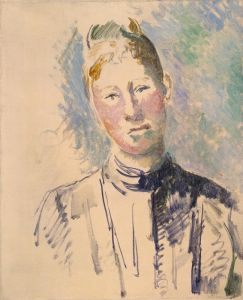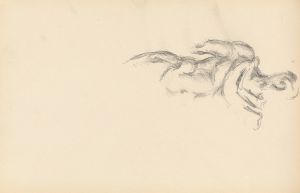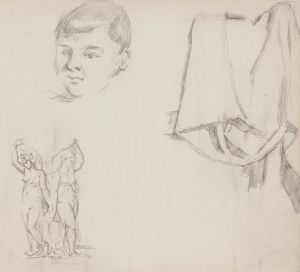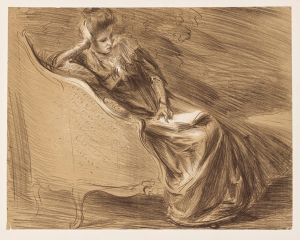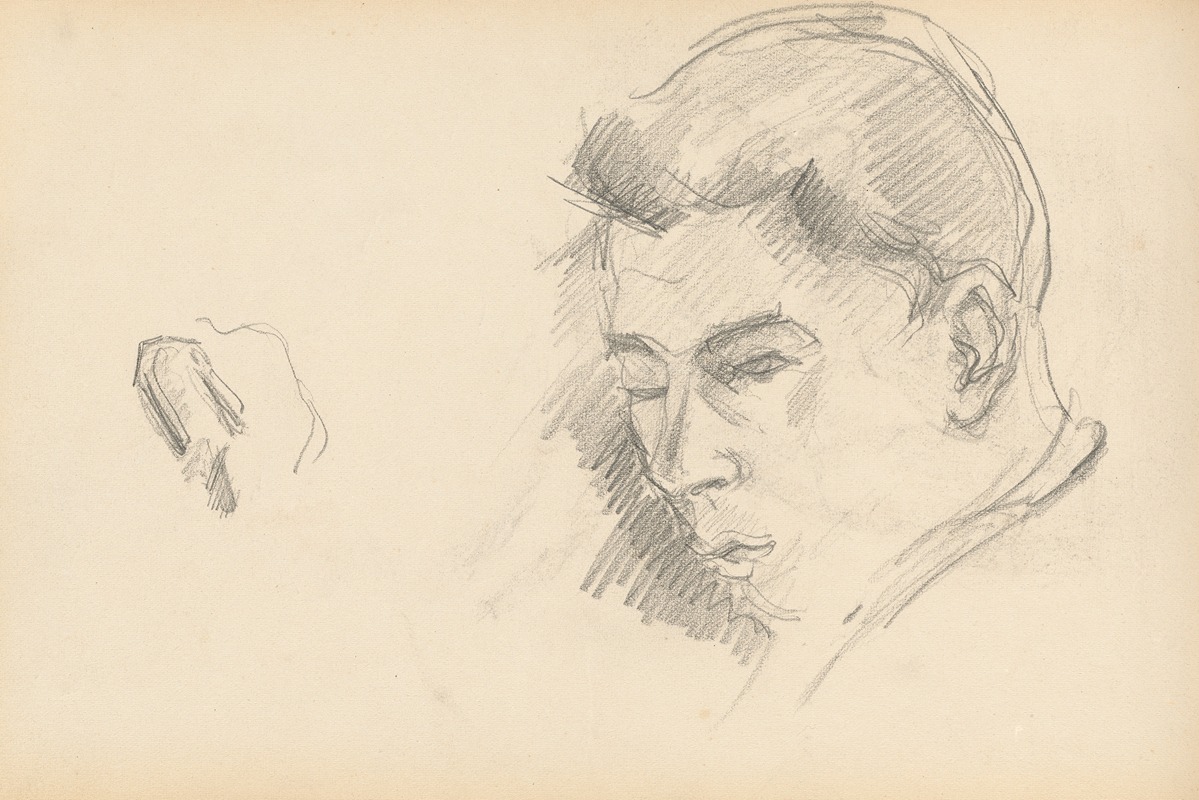
Head of a Boy
A hand-painted replica of Paul Cézanne’s masterpiece Head of a Boy, meticulously crafted by professional artists to capture the true essence of the original. Each piece is created with museum-quality canvas and rare mineral pigments, carefully painted by experienced artists with delicate brushstrokes and rich, layered colors to perfectly recreate the texture of the original artwork. Unlike machine-printed reproductions, this hand-painted version brings the painting to life, infused with the artist’s emotions and skill in every stroke. Whether for personal collection or home decoration, it instantly elevates the artistic atmosphere of any space.
"Head of a Boy" is a painting by the renowned French artist Paul Cézanne, who is often credited as a pivotal figure in the transition from 19th-century Impressionism to 20th-century Cubism. Cézanne's work laid the foundation for the radical artistic developments that followed, influencing artists such as Pablo Picasso and Henri Matisse.
"Head of a Boy" is an example of Cézanne's portraiture, a genre he explored throughout his career alongside his more famous still lifes and landscapes. While Cézanne is primarily celebrated for his innovative approach to form and color, his portraits reveal a more intimate side of his artistic practice. In these works, Cézanne focused on capturing the essence and character of his subjects, often using family members, friends, and local residents as models.
The painting "Head of a Boy" exemplifies Cézanne's distinctive style, characterized by his use of color modulation and brushwork to build form and volume. Rather than relying on traditional methods of shading and perspective, Cézanne employed patches of color to create depth and structure, a technique that would later influence the development of modern art. This method allowed him to convey the solidity and presence of his subjects in a manner that was both innovative and expressive.
In "Head of a Boy," Cézanne's brushstrokes are visible and deliberate, contributing to the overall texture and dynamism of the piece. The boy's face is rendered with a combination of warm and cool tones, which Cézanne used to suggest the play of light and shadow across the features. The background is typically subdued, ensuring that the focus remains on the subject's face, which is depicted with a sense of introspection and quietude.
Cézanne's approach to portraiture was not always well-received during his lifetime. His contemporaries often found his work challenging due to its departure from the conventions of realism and its emphasis on the painterly qualities of the medium. However, Cézanne's portraits, including "Head of a Boy," are now appreciated for their pioneering exploration of form and their contribution to the evolution of modern art.
The exact date of "Head of a Boy" is not definitively known, as Cézanne did not always date his works. However, it is generally believed to have been created during the latter part of his career, when he was increasingly focused on capturing the underlying structure of his subjects. This period was marked by a deepening of his exploration into the geometric simplification of forms, a precursor to the Cubist movement.
Today, "Head of a Boy" is recognized as an important work within Cézanne's oeuvre, illustrating his unique approach to portraiture and his enduring influence on the art world. The painting is held in various private and public collections, where it continues to be studied and admired for its innovative technique and its contribution to the history of art.






